There’s no doubt that the UPA left poison pills behind; the Government must get tough. The Indian banking sector is in crisis and someone needs to call out the culprit, the UPA Government, which allowed ridiculous loans to be approved. If facts are investigated, it will emerge that several gold-plated loans were given to favoured businessmen. It is, therefore, not surprising that journalists, friendly to the previous regime, are flying kites and are trying to discredit legitimate business loans given to people close to the current administration. When Congress leaders attack the Modi Government for allowing defaulters such as Vijay Mallya to ‘escape’, one cannot but be astounded at the hypocrisy of such spokespersons. It was the UPA that gave massive loans which did not have a semblance of logic. Anybody with a modicum of intelligence could see that Mallya’s airline was in a tailspin and was going to be crushed under the one-time liquor baron’s immense ego. And it is not just Mallya to whom loans that defied logic were given, infrastructure projects from roads to airports were ‘gold-plated’, the cost of building a kilometre of four-lane highway inexplicably jumped four-times in that decade as mafia builders ripped off the banks with Government’s tacit support.
As much as one would say that Prime Minister Narendra Modi and Finance Minister Arun Jaitley have been hobbled by the ineptitude and down-right thuggery of the previous administration, the fact is that they are the ones in power today. Blaming the previous Government is not an excuse that can be taken to voters after completing three-quarters of one’s term in power. There’s no doubt that the global financial crisis, coupled with stricter rules, implemented by both former and present Reserve Bank of India Governors, Raghuram Rajan and Urjit Patel respectively, have made most Indian banks reluctant to give loans to small and medium industries. These projects are essential to get job growth going and, thus, encourage a consumption economy. India’s economic growth has been constrained over the previous few quarters because of this fact. While a 6.5 per cent growth rate is nothing to be ashamed of, it is certainly not enough to keep pace with India’s ‘demographic dividend’ which runs the risk of becoming a ‘demographic burden’. Jaitley rightly noted that large industrial enterprises do find it easier to raise funds from bond markets and from foreign banks due to their credit ratings, something that self-appointed social media economists fail to understand.
With gross non-performing assets growing from Rs 5.02 lakh crore to Rs 6.41 lakh crore between March 2016 and March 2017, the situation is critical. The new insolvency law brought in by the Government, despite some flaws, is a beginning in the process to recapitalisation. Crony capitalists encouraged by corrupt politicians of the previous regime should see their projects taken away and their assets built up by siphoning funds from their companies, should be auctioned off. Yes, the banks and the Government will need to take a haircut, a massive one at that, but that’s the only way forward. The Government must think before it recapitalises the banking system. Bankers should realise that things are not as bad as they were in the aftermath of the most corrupt administration India has ever seen.
The drop in the NPA to capital ratios in 2016 looks hopeful but this is partly due to the additional capital received by many public sector banks as part of the government’s Indradhanush programme. Also, in light of the revised disclosures of NPA levels by some large private sector banks in the last few weeks, the 2016 ratios are likely to be much worse.
We also compare the growth rates of NPAs, capital and loans across the two crisis episodes. The average annual growth rates of GNPA and NNPA over the five-year period from 1997-2001 were 8.5% and 9.8%, respectively. During this period, bank capital grew 13.14% and bank loans grew 15.87%. The corresponding numbers for the current crisis are much worse. The average GNPA and NNPA growth rates for the period 2011-2015 were 45.9% and 54.9%, respectively. The average growth rate of bank capital for this period was 16.1%. Bank loans grew at 16.2%.
This shows that during the last NPA crisis, bank capital grew at a higher rate than NPAs. While the NPA to loans ratio was higher then, banks were not undercapitalized. They had better ability to withstand the problem. In the current crisis, however, the growth rate of NPAs has been considerably higher than that of bank capital, further underscoring the severity of the crisis. The growth rates of bank loans on the other hand have been similar across both crisis episodes.
The emphasis on the alternative measure of the NPA problem also highlights the importance of capital in resolving the crisis. If the NPA to capital ratio is to be restored to a level that was prevalent during the high growth years of 2003-2007, the capital base has to roughly quadruple. Even if we assume that roughly 50% of the net NPAs will be recovered by the banking sector, the capital base has to double. This is unlikely to happen through retained profits or sale of real estate or other similar strategies.
An attempt to revive the banking sector must include a credible commitment of capital for it to be meaningful. In absence of capital and accompanying structural reforms, any solution will be incomplete and the banking sector may remain in the quagmire for a long time to come.
Impact of NPA on Economy
The problem of NPAs in the Indian banking system is one of the foremost and the most formidable problems that had impact the entire banking system. Higher NPA leds to following adverse impact on Economy:
- Depositors do not get rightful returns and many times may lose uninsured deposits. Banks may begin charging higher interest rates on some products to compensate Non-performing loan losses
- Bank shareholders are adversely affected
- Bad loans imply redirecting of funds from good projects to bad ones. Hence, the economy suffers due to loss of good projects and failure of bad investments
- When bank do not get loan repayment or interest payments, liquidity problems may ensue.
Steps taken by RBI and Government in last few years to curb NPA
- Government has launched Mission Indradhanush to make the working of public sector bank more transparent and professional in order to curb the menace of NPA in future.
- Government has introduced Bankruptcy code which will make it easier for banks to recover the loans from the debtors.
- RBI introduced number of measures in last few years which include:
- Tightening the Corporate Debt Restructuring (CDR) mechanism,
- Setting up a Joint Lenders’ Forum, prodding banks to disclose the real picture of bad loans, asking them to increase provisioning for stressed assets,
- Introducing a 5:25 scheme where loans are to be amortized over 25 years with refinancing option after every five years, and
- Empowering them to take majority control in defaulting companies under the Strategic Debt Restructuring (SDR) scheme.
It is a matter of grave concern that due to the NPA problem, the entire economic activity of the country has come to a gridding halt. Modi government is doing its best to resolve the issue with carrot and stick policy though the sentiments are extremely damp. It will take some time to restore the confidence of the people in the banking system and the banker must own responsibility of serving the country honestly, then the problem is likely to be resolved. The Covid 19 will escalate the NPA crisis to the next level so the banks and enforcement agencies of the government must plan effective realization of the bad and stolen assets within stipulated time before the banks takes irreversible hit.
Writer is Associate Editor & banking and finance expert.







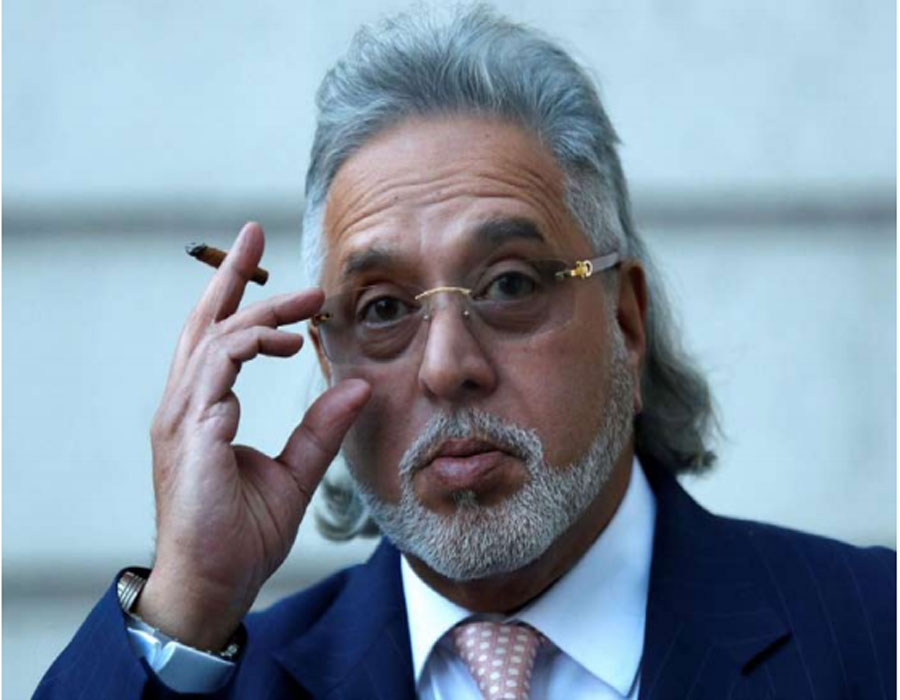
 OpinionExpress.In
OpinionExpress.In

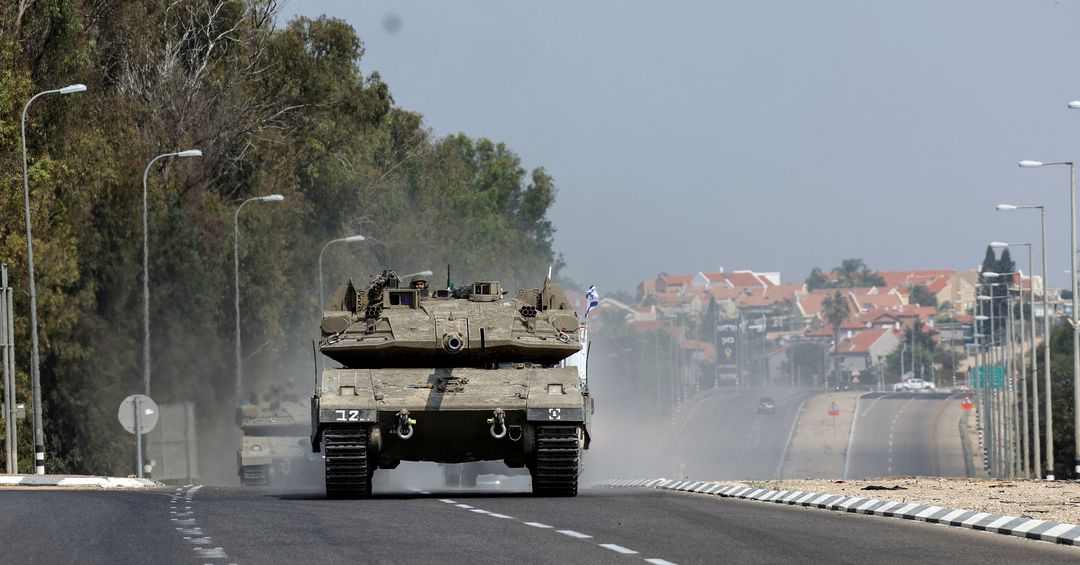

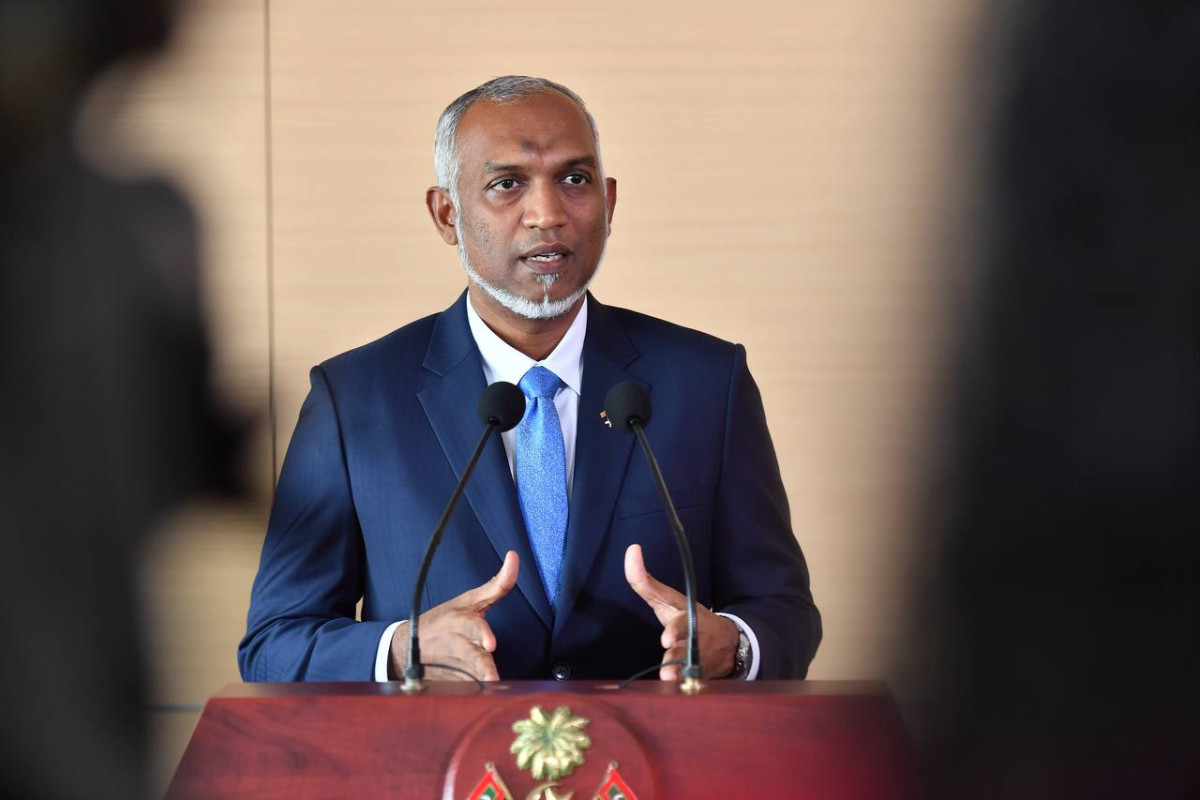
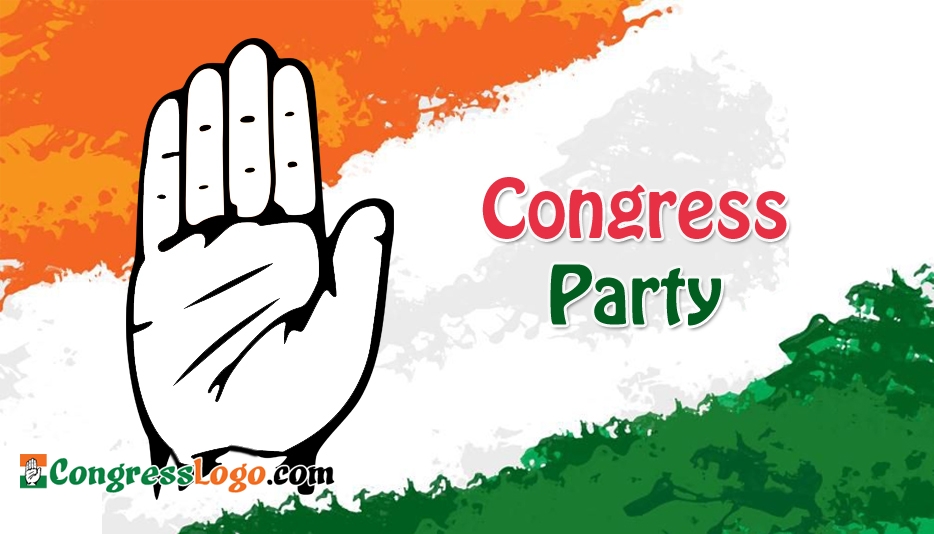
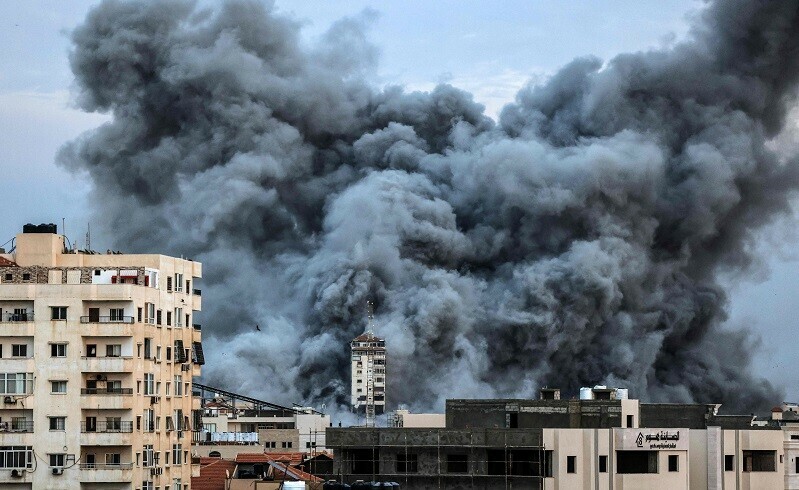

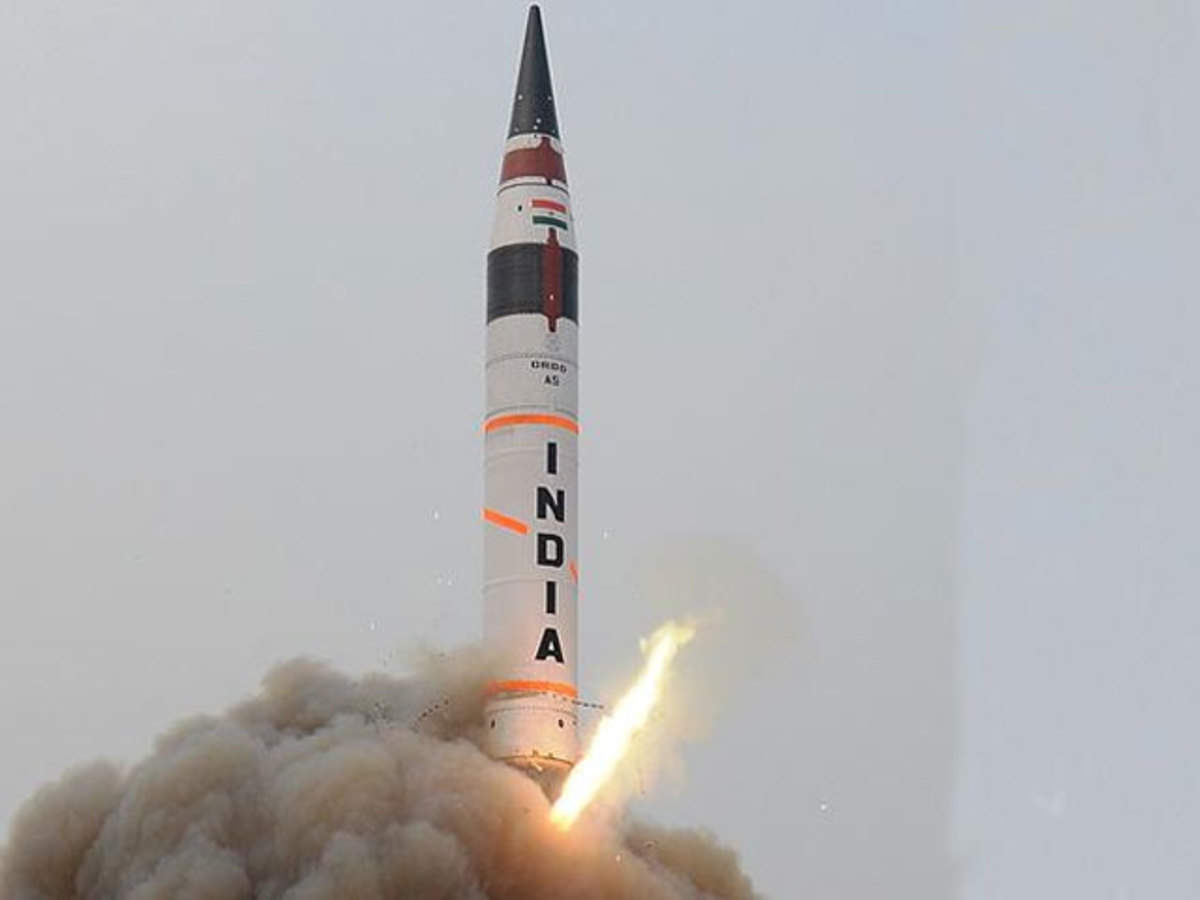
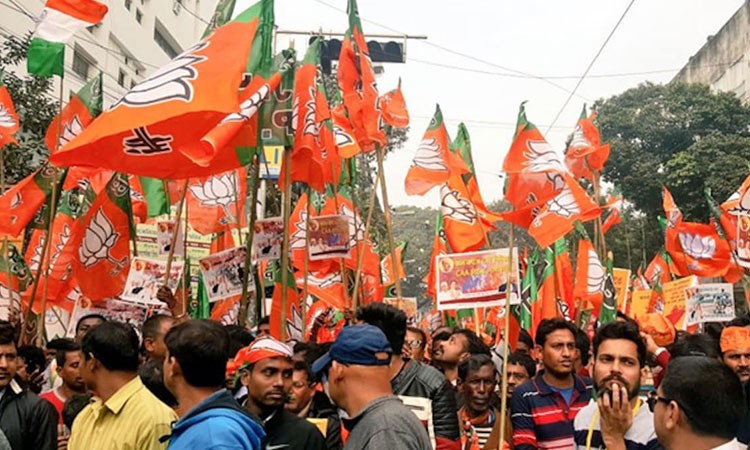






Comments (0)